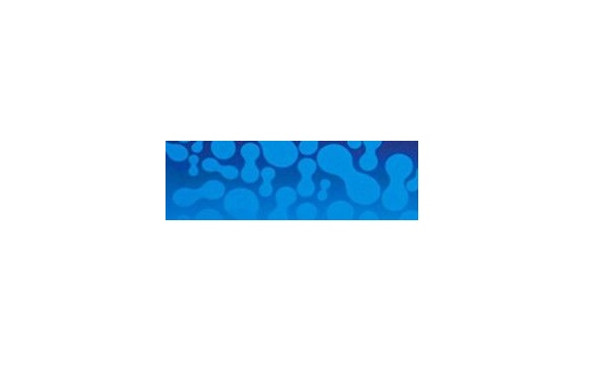Description
Recombinant Mouse PLA2G2E Protein (His Tag) | PKSM040548 | Gentaur US, UK & Europe Disrtribition
Synonyms: PLA2G2E
Active Protein: N/A
Activity: A DNA sequence encoding the mouse PLA2G2E (Q9QUL3) (Met 1-Cys 142) was expressed, with a C-terminal polyhistidine tag.
Protein Construction: A DNA sequence encoding the mouse PLA2G2E (Q9QUL3) (Met 1-Cys 142) was expressed, with a C-terminal polyhistidine tag.
Fusion Tag: C-His
Species: Mouse
Expressed Host: HEK293 Cells
Shipping: This product is provided as lyophilized powder which is shipped with ice packs.
Purity: > 97 % as determined by reducing SDS-PAGE.
Endotoxin: < 1.0 EU per μg of the protein as determined by the LAL method.
Stability and Storage: Generally, lyophilized proteins are stable for up to 12 months when stored at -20 to -80℃. Reconstituted protein solution can be stored at 4-8℃ for 2-7 days. Aliquots of reconstituted samples are stable at < -20℃ for 3 months.
Molecular Mass: 15.5 kDa
Formulation: Lyophilized from sterile PBS, 10% glycerol, pH 7.4
Reconstitution: Please refer to the printed manual for detailed information.
Background: Group IIE secretory phospholipase A2, also known as GIIE sPLA2, sPLA2-IIE, Phosphatidylcholine 2-acylhydrolase 2E and PLA2G2E is a secreted protein which belongs to the phospholipase A2 family. Mammalian secretory phospholipase A2s ( sPLA2s ) form a family of structurally related enzymes that are involved in a variety of physiological and pathological processes via the release of arachidonic acid from membrane phospholipids or the binding to specific membrane receptors. Phospholipases A2 / PLA2 are enzymes that release fatty acids from the second carbon group of glycerol. This particular phospholipase specifically recognizes the sn-2 acyl bond of phospholipids and catalytically hydrolyzes the bond releasing arachidonic acid and lysophospholipids. Phospholipases A2 / PLA2 are commonly found in mammalian tissues as well as insect and snake venom. Venom from both snakes and insects is largely composed of melittin, which is a stimulant of Phospholipases A2 / PLA2. Due to the increased presence and activity of Phospholipases A2 / PLA2 resulting from a snake or insect bite, arachidonic acid is released from the phospholipid membrane disproportionately. As a result, inflammation and pain occur at the site. PLA2G2E catalyzes the calcium-dependent hydrolysis of the 2-acyl groups in 3-sn-phosphoglycerides. Has a preference for arachidonic-containing phospholipids.
Research Area: N/A






